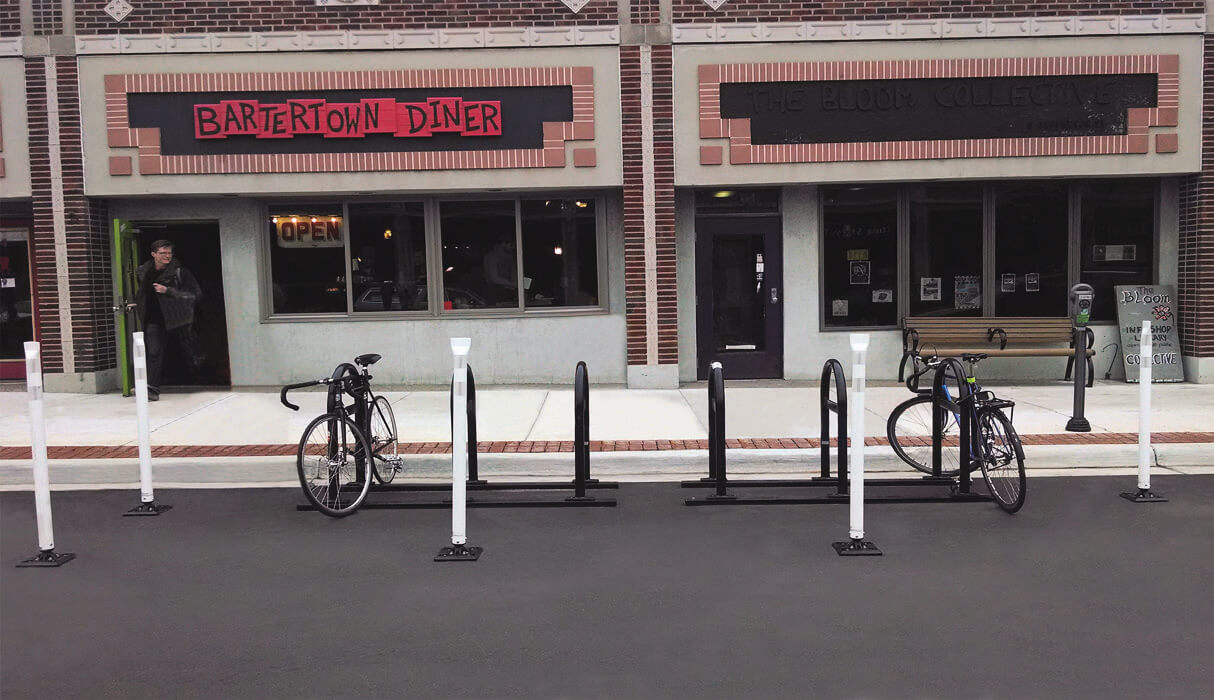In the 1990s, planning professionals began to shift their thinking when it comes to designing streets. Whereas traditional transportation planning was focused on making car travel safe and efficient, the ‘complete streets’ approach considers the needs of all travelers.
Defining a Complete Street
A complete street is one that provides safe passage for bicyclists, pedestrians, transit riders, and motorists and is handicap accessible, according to the American Planning Association (APA). Complete streets promote healthy communities by encouraging walking and cycling, reducing traffic, and increasing safety for all travelers.

Serving the Whole Community
Streets and roads are the largest public component in every city, so it makes sense that they should benefit all members of the community. A complete street is safe, convenient, and accessible for all users, regardless of mode of transportation, age, or physical ability, according to the APA.
Safety, Health, Economic, and Quality of Life Benefits
Complete streets are designed to make it safer to cross the street; to walk or ride bicycles to shops, dining, school, and work; and to travel using assistive devices. Creating such streets can promote economic development by improving access to commercial districts and public health by encouraging residents to walk or bike.
Complete streets protect pedestrians and cyclists from cars by providing clearly marked walkways and bike paths. In so doing, communities not only keep travelers safe, they encourage improved public health. In fact, a complete streets policy is the most effective policy for encouraging bicycling and walking, according to a report issued by the National Conference of State Legislators.
First and Last Mile Considerations
Journeys don’t begin or end at a bus stop or train station. Complete streets create safe and accessible means for travelers to get to and from public transportation stops. The connecting journey before or after the transit ride can be the most complicated, and can go a long way towards encouraging or discouraging the use of public transportation. Planners refer to the access points (for example, from home to bus stop or from train station to the office) as “first and last mile” connections.
First and last mile connections might be made by walking, bicycling, driving, or using shuttles or rideshare services. Communities can improve the pedestrian experience by providing pathways, pedestrian bridges, safer pedestrian crossings, wayfinding signage, and improved sidewalks.
Cyclists can be hesitant to leave their bikes in places without adequate parking facilities. Improvements like providing secure bicycle parking at transit stops can cost-effectively help meet first/last mile needs and expand transit ridership and community cycling.

CycleSafe Complements Complete Streets
Since 1980, CycleSafe has set the standard for secure bike parking products designed to encourage cycling and livable communities. CycleSafe makes a complete line of safe, long-lasting, user-friendly bike racks, shelters, stations, and lockers.
